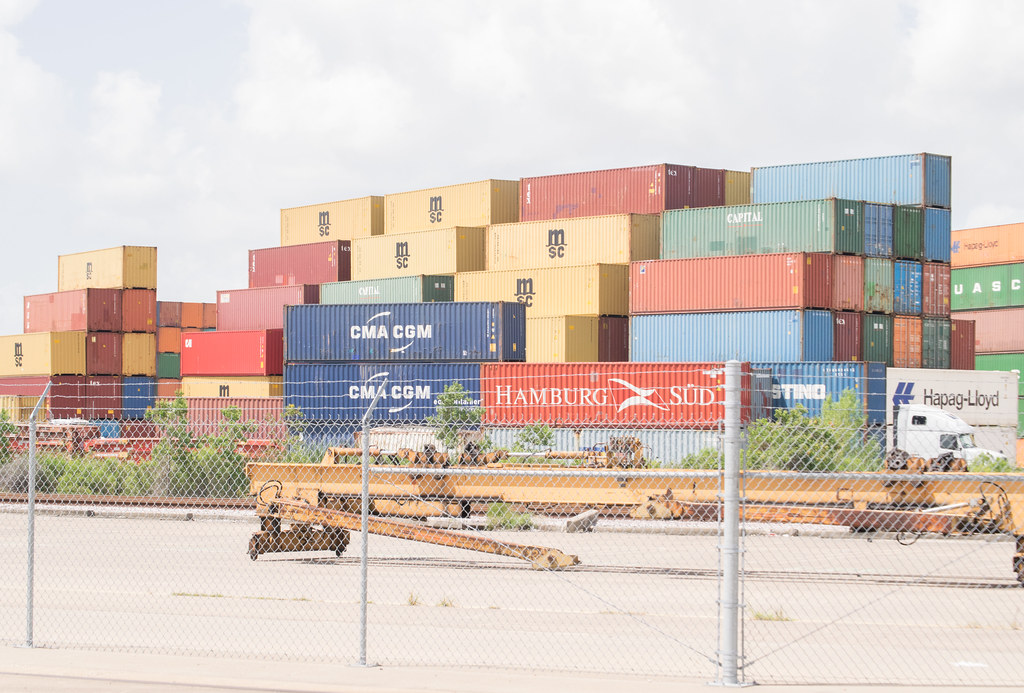The Port of Houston is not just a hub for maritime trade; it is a powerful economic engine driving growth for the local, regional, and national economies. Strategically located along the Gulf of Mexico, the port plays a critical role in connecting the United States to global markets. With a rich history, robust infrastructure, and a proactive approach to innovation and sustainability, the Port of Houston continues to set benchmarks in trade and commerce. This article explores how the port contributes to economic development through its operations, infrastructure, employment generation, industry collaborations, and commitment to environmental stewardship.
1. Strategic Location and Global Connectivity
The Port of Houston’s geographical position offers a significant advantage, acting as a gateway between the U.S. heartland and international markets. Its proximity to the Gulf of Mexico allows seamless access to major global shipping routes, making it one of the busiest ports in the United States.
The port services over 1,000 ports worldwide, facilitating the import and export of a diverse range of goods. Its connectivity to critical domestic transportation networks, including railroads and highways, ensures that goods move efficiently between the port and inland destinations. This global and domestic reach is a cornerstone of its economic impact.
2. Historical Evolution and Economic Relevance
2.1. Historical Significance
Established in 1914 with the completion of the Houston Ship Channel, the port transformed Houston into a commercial powerhouse. Over the decades, it has adapted to changing economic and industrial landscapes, cementing its role as a critical infrastructure for trade.
FREE: Quickly identify and understand problems with your vehicle 🚘
CLICK HERE2.2. Economic Statistics
- Cargo Handling: The port handles over 285 million tons of cargo annually, ranking consistently as the number one U.S. port in foreign waterborne tonnage.
- Economic Impact: According to the Port of Houston Authority, it contributes nearly $802 billion in economic activity annually.
3. Employment Generation and Workforce Development
The Port of Houston is a significant source of employment in the region, directly and indirectly supporting over 3 million jobs in Texas alone.
3.1. Direct Employment
- Dock Workers and Technicians: Thousands of individuals work directly in cargo handling, ship maintenance, and port management.
- Maritime Services: Jobs related to piloting, vessel servicing, and logistics are essential for the port’s day-to-day operations.
3.2. Indirect Employment
The ripple effects of the port’s activities extend to numerous industries, including transportation, manufacturing, and retail. For instance, trucking companies rely heavily on the port for their freight operations, while local retailers benefit from the flow of imported goods.
3.3. Workforce Training Initiatives
The Port of Houston invests in workforce development programs to meet the growing demand for skilled labor. Partnerships with educational institutions like Houston Community College and Texas A&M University offer specialized training for maritime and logistics careers, ensuring a steady pipeline of qualified professionals.
4. Industry Impact and Business Ecosystem
4.1. Petrochemical Industry
The port is strategically located near the largest petrochemical complex in the United States. It serves as a vital artery for exporting crude oil, natural gas, and petrochemical products. The petrochemical industry alone accounts for a significant portion of the port’s economic contributions.
4.2. Manufacturing and Retail
The port facilitates the import of raw materials and finished goods, boosting manufacturing operations and retail supply chains. Automobiles, electronics, and textiles are among the major categories of goods handled.
4.3. Agricultural Exports
Texas is a major agricultural state, and the Port of Houston plays a pivotal role in exporting crops, livestock, and processed food products to global markets.
5. Infrastructure and Expansion Projects
The Port of Houston’s success is deeply rooted in its state-of-the-art infrastructure and its ability to adapt to evolving demands.
5.1. Container Terminals
Facilities like the Barbours Cut and Bayport Container Terminals are equipped with advanced cranes and automated systems to handle containerized cargo efficiently.
5.2. Dredging and Channel Widening
The Houston Ship Channel is undergoing constant upgrades to accommodate larger vessels, ensuring the port remains competitive in an era of mega-ships.
5.3. Intermodal Connectivity
Rail and trucking networks are seamlessly integrated with port operations, enhancing the speed and reliability of cargo transportation.
5.4. Expansion Plans
Future projects include terminal expansions, additional berths, and digital transformation initiatives to streamline operations further.
6. Environmental Sustainability
Economic growth at the Port of Houston is balanced with a strong commitment to environmental stewardship.
6.1. Green Initiatives
- Clean Air Strategy: The port invests in low-emission equipment and promotes the use of cleaner fuels.
- Waste Management: Comprehensive recycling and waste reduction programs are in place to minimize environmental impact.
6.2. Renewable Energy Projects
Solar and wind energy installations are being explored to power port operations, reducing dependence on fossil fuels.
6.3. Habitat Preservation
Collaborative efforts with conservation organizations aim to protect the marine and coastal ecosystems surrounding the port.
7. Challenges and Future Opportunities
While the Port of Houston is a powerhouse, it faces challenges such as congestion, climate change impacts, and competition from other global ports.
7.1. Addressing Congestion
Investments in automation and digital technologies, such as blockchain for supply chain management, are helping alleviate bottlenecks.
7.2. Climate Resilience
The port is implementing infrastructure upgrades to withstand extreme weather events and rising sea levels.
7.3. Leveraging Technology
Artificial intelligence (AI) and Internet of Things (IoT) applications are being explored to enhance operational efficiency and predict demand trends.
8. Conclusion
The Port of Houston is a linchpin of economic activity, driving growth across industries, creating jobs, and connecting the United States to the global economy. Its strategic initiatives in infrastructure development, workforce training, and environmental sustainability underscore its role as a forward-thinking economic powerhouse.
As the port continues to innovate and adapt, it not only supports local and national economic growth but also sets a global benchmark for efficiency and sustainability in maritime trade. Its enduring impact is a testament to its historical significance and its vision for the future.


Leave a Reply